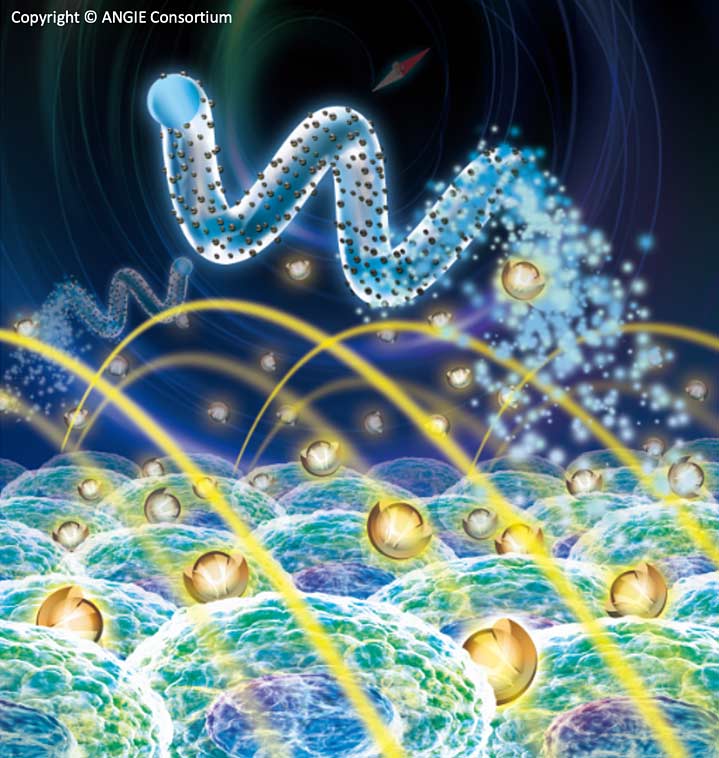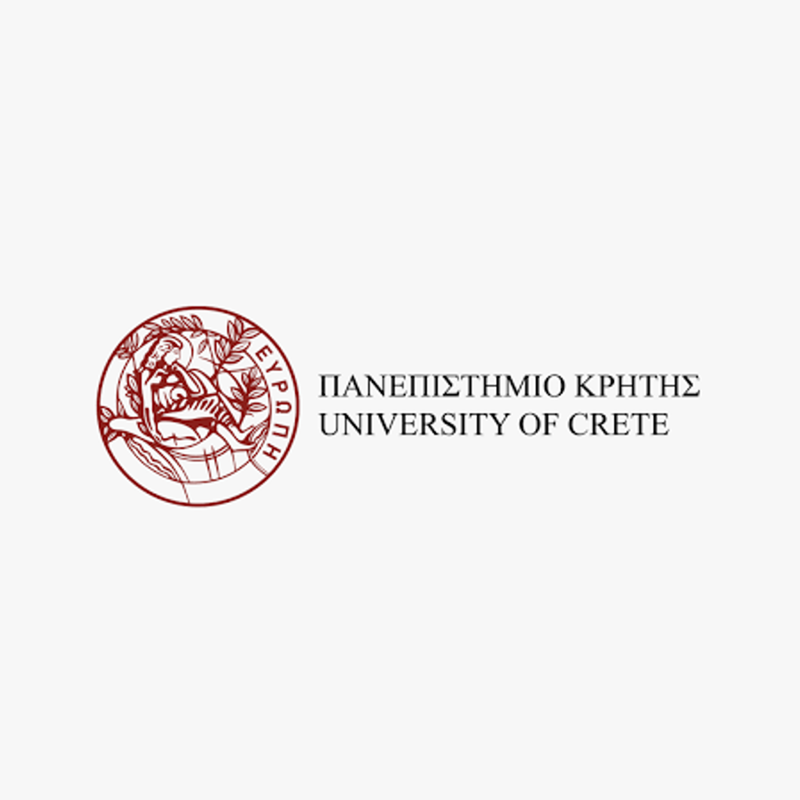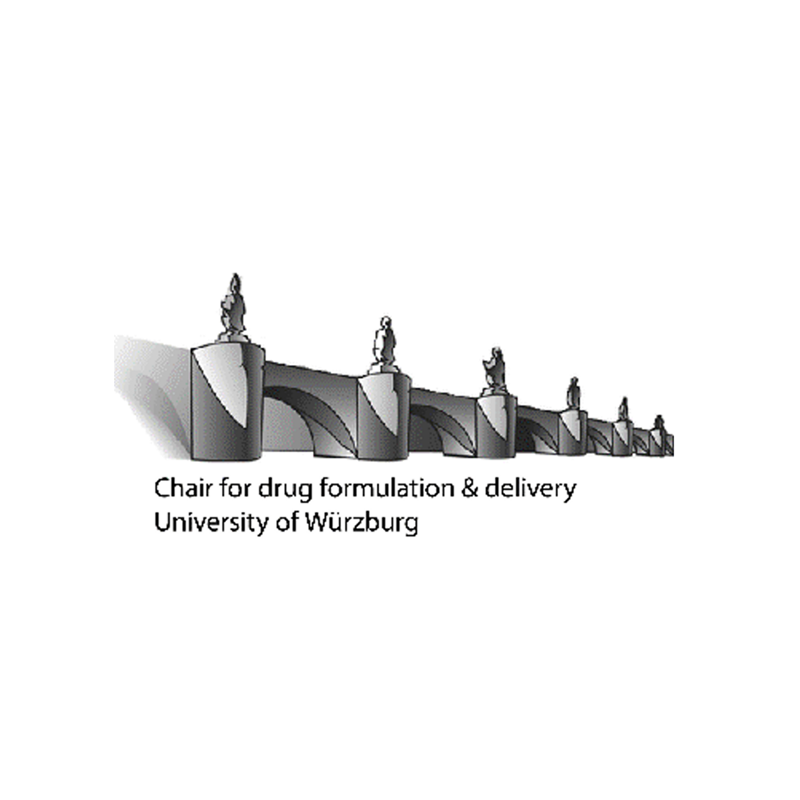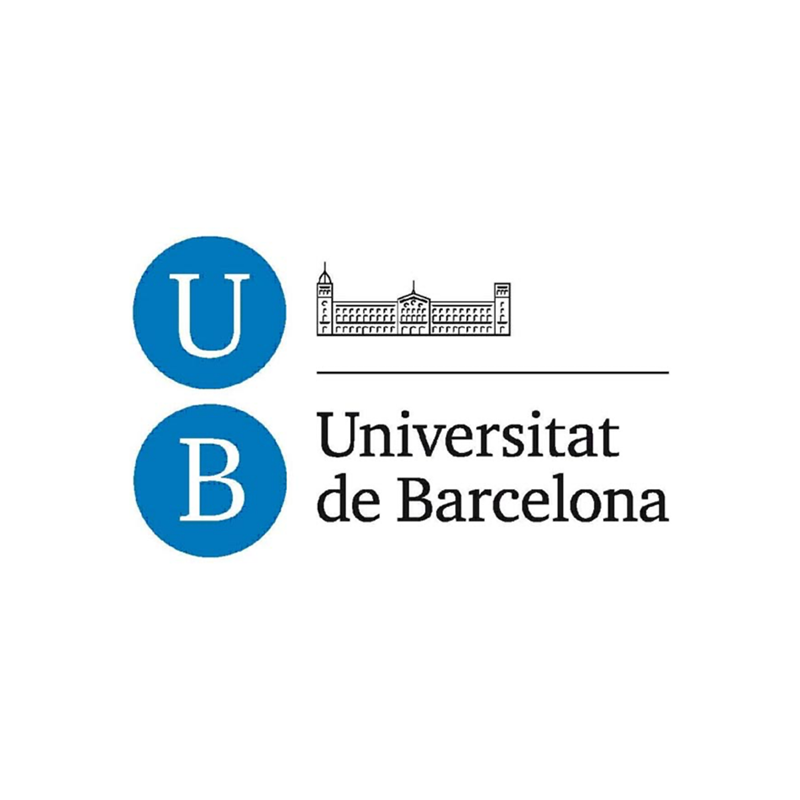https://www.youtube.com/watch?v=TbKhqzbiy-g The accuracy of these brain 3D models has been recognised in the medical community for their ability to facilitate a realistic and safe environment for doctors treating stroke to […]
Read MoreLearn more about the innovative silicon vascular models developed within the ANGIE project. The accuracy of these brain 3D models has been recognised in the medical community for their ability to facilitate a realistic and safe environment for doctors treating stroke to hone their skills. Fabian Landers tells us how the new 3D models could lead to earlier and more extensive training.
Stroke treatment with microrobots
Strokes
The medical condition
Most strokes occur when a blood vessel in the brain is occluded due to a clot. This clot then prevents areas in the brain from being supplied with oxygen, resulting in the sudden death of brain tissue. Strokes are a leading cause of death and disability worldwide, and stroke cases are expected to rise in the coming years.
rtPA?
How strokes are treated today
The most common treatment of this kind of stroke consists of injecting a drug (called rtPA) into the blood which then acts to dissolve the clot. Unfortunately, while rtPA is effective for dissolving these clots, it has many side effects, including internal bleeding, swelling, and many more.
In stroke treatment, the doctor has to find a trade-off between administering a sufficient amount of rtPA to dissolve the clot in the brain, and reducing its dosage to avoid its side effects. These side effects also limit the time in which rtPA can be used to a few hours after the first symptoms. Thus, many strokes are not treated at all.
The ANGIE technology
In the ANGIE project, we are developing a novel approach for treating strokes. By magnetically steering microrobots to the clot, we can deliver rtPA directly to the stroke site. This approach allows us to deliver higher concentrations of rtPA directly to the clot, while reducing the overall amount of rtPA used by a factor of 10.000.
Potential benefits
The ANGIE technology will allow the blood clots to be dissolved more quickly, enlarges the treatment window and reduces the side effects of the treatment. We hope that this will increase the patients’ quality of life and reduce deaths and disabilities caused by strokes.
ANGIE News
Robotics at
ETH Zürich
Welcome to ANGIE
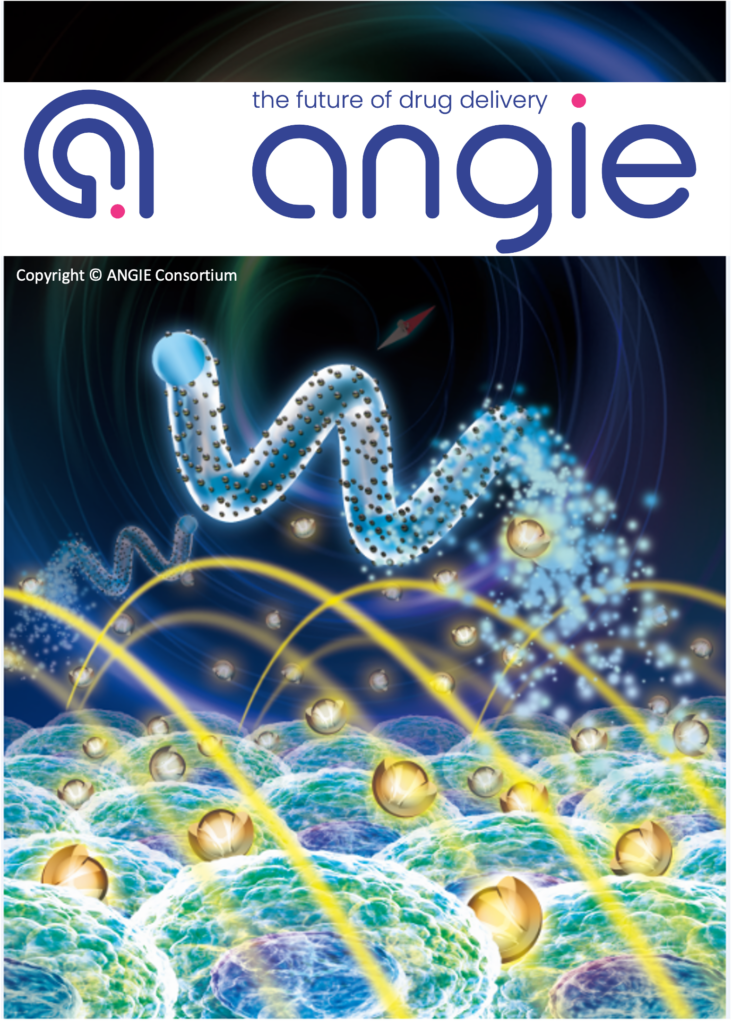
Most strokes occur when a blood vessel in the brain is occluded due to a clot. This clot then prevents areas in the brain from being supplied with oxygen, resulting in the sudden death of brain tissue. Strokes are a leading cause of death and disability worldwide, and stroke cases are expected to rise in the coming years.
The most common treatment of this kind of stroke involves consists of injecting a drug (called rtPA) into the blood which then acts to dissolve the clot. Unfortunately, while rtPA is effective for dissolving these clots, it has many side effects, including internal bleeding, swelling, and many more.
In stroke treatment, the doctor has to find a trade-off between administering a sufficient amount of rtPA to dissolve the clot in the brain, and reducing its dosage to avoid its side effects. These side effects also limit the time in which rtPA can be used to a few hours after the first symptoms. Thus, many strokes are not treated at all.
In the ANGIE project, we are developing a novel approach for treatment of strokes. By magnetically steering microrobots to the clot, we can deliver the rtPA directly to the stroke site. This approach allows us to deliver higher concentrations of rtPA directly to the clot, while reducing the overall amount of rtPA used by a factor of 10.000.
The ANGIE technology will allow for blot clots to be opened faster, enlarge the treatment window and reduce the side effects of the treatment. We hope that this will increase the patients’ quality of life and reduce deaths and disabilities caused by strokes.
ANGIE consortium partners across Europe
ANGIE is a project supported by the European Union
-
Programme
H2020-EU.1.2.2. - FET Proactive
-
Topic
FETPROACT-EIC-05-2019 - FET Proactive: emerging paradigms and communities
-
Call for proposal
H2020-EI-fETPROACT-2019
-
Funding Scheme
RIA - Research and Innovation action
-
Grant agreement number
952152 — ANGIE

